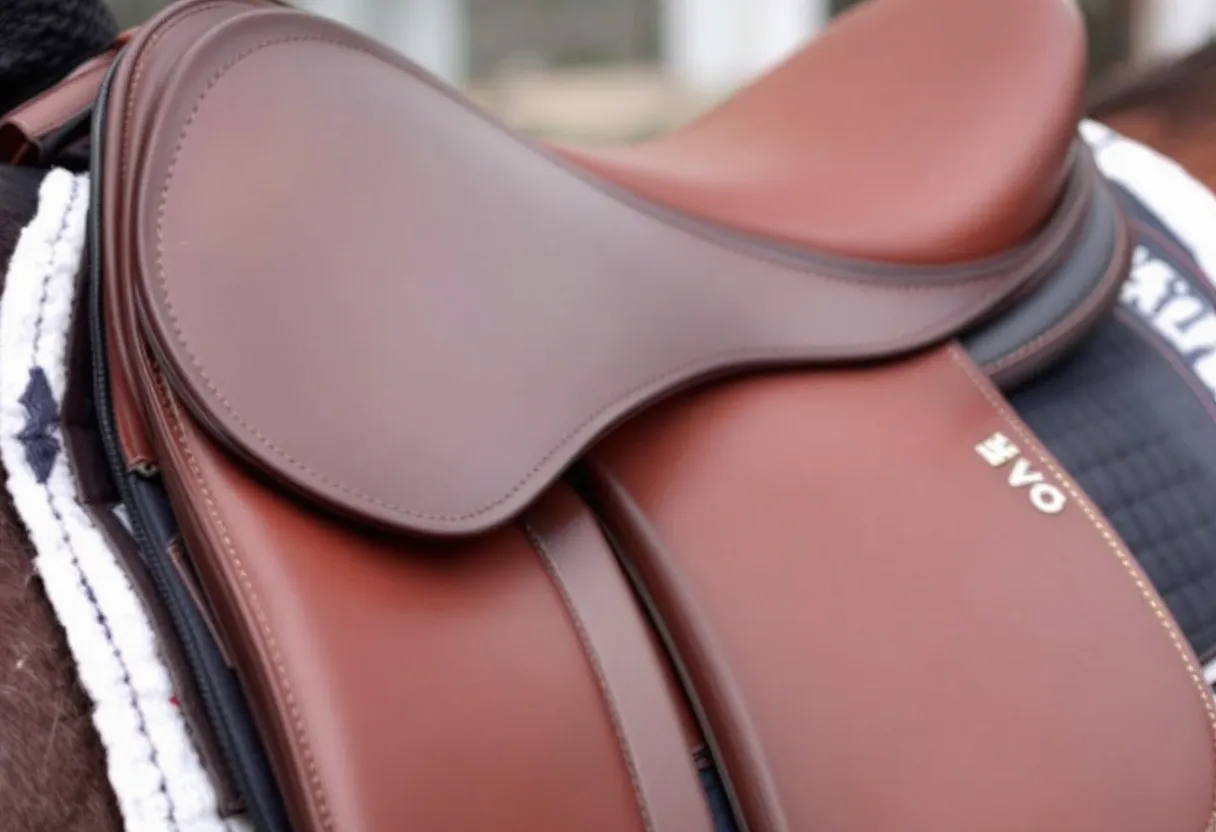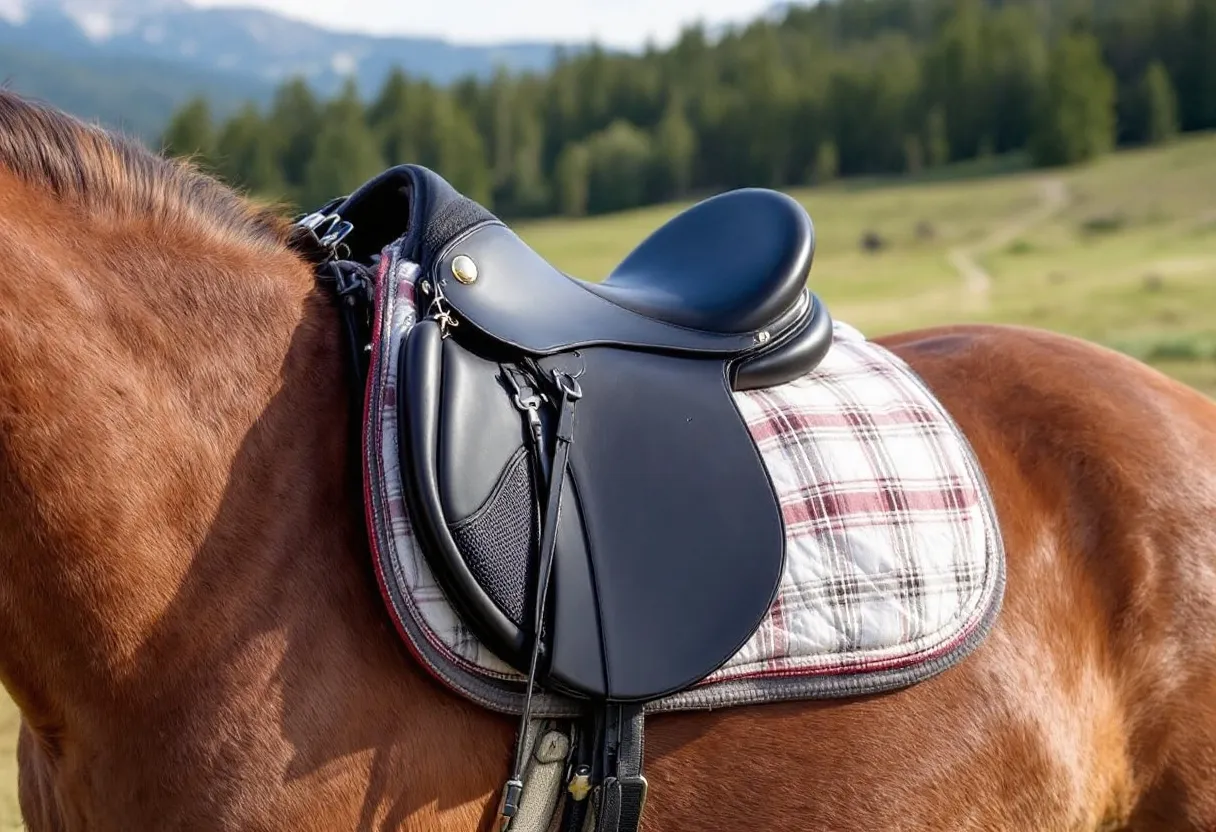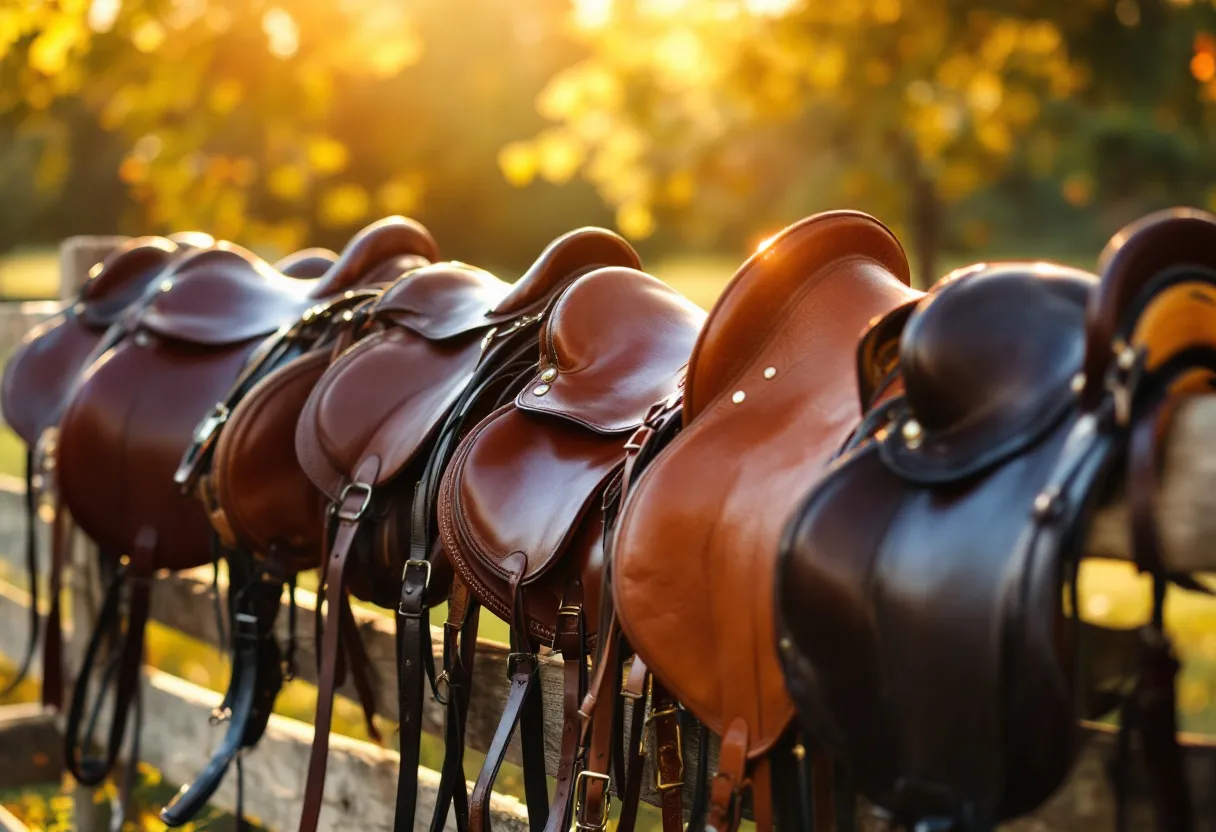As a saddle fitter with years spent amongst horses and riders, I’ve seen firsthand how the right saddle can transform a partnership. Born and raised in Lexington, Kentucky, where horses are practically royalty, I’ve always believed a saddle is more than just a piece of tack – it’s a vital connection between horse and rider. Like finding the perfect pair of jeans, it needs to fit just right. But with so many disciplines and saddle styles out there, how do you choose? Let’s dive in, shall we?
Dressage Saddles: Elegance and Precision
Ah, dressage! It’s often described as ballet on horseback, and the saddle plays a crucial role in achieving that harmony. Dressage saddles are designed to encourage a deep, balanced seat, allowing the rider to communicate subtle cues effectively. Think long, straight flaps that promote a long leg position, and a deeper seat that helps you stay centered. I remember fitting a stunning Lusitano mare with a custom dressage saddle once; the transformation in her movement and the rider’s confidence was remarkable. It’s not just about looking elegant; it’s about enabling the partnership to truly shine.

Jumping Saddles: For the Thrill Seekers
If you’re the type who loves the adrenaline rush of soaring over fences, a jumping saddle is your go-to. These saddles are built for freedom of movement, allowing you to get out of the saddle and maintain your balance over jumps. You’ll typically find a more forward flap to accommodate a shorter stirrup length and a flatter seat for greater flexibility. Knee and thigh blocks are essential for security, giving you that extra bit of grip when you need it most. I once had a client who swore her jumping saddle was her “happy place” – and I totally understood why!
Trail Riding Saddles: Comfort is Key
For those who prefer leisurely explorations through scenic trails, comfort is paramount. Trail riding saddles are designed with both horse and rider in mind, featuring wider panels to distribute weight evenly and comfortable, padded seats for long hours in the saddle. Often, you’ll see features like extra rings and attachments for carrying gear – everything from water bottles to first-aid kits. I always recommend a good quality trail saddle to my clients who enjoy long distance riding; it can be a game-changer for both their comfort and their horse’s well-being. Believe me, a happy horse makes for a much more enjoyable ride!
Western Saddles: Ranching and Beyond
Rooted in the traditions of the American West, western saddles are built for durability and functionality. Whether you’re working cattle, competing in reining, or enjoying a casual ride, a good western saddle is an investment that will last for years. These saddles are characterized by their distinctive horn, deep seat, and wide bars that distribute weight across the horse’s back. I’ve always admired the craftsmanship that goes into a well-made western saddle; it’s a true testament to the artistry of saddle making. I recall one time assisting a rancher who needed a new western saddle; seeing his face light up when we found the perfect fit was truly rewarding.
Endurance Saddles: The Lightweight Option
Endurance saddles are designed specifically for long-distance riding competitions. These saddles are lightweight to minimize the burden on the horse, and they prioritize rider comfort to withstand hours in the saddle. They often feature specialized padding, adjustable stirrups, and strategic weight distribution to reduce pressure points. Having worked on the design of a few endurance saddles in the past, I can attest to the level of detail that goes into creating these specialized pieces of equipment. It’s all about maximizing efficiency and minimizing fatigue for both horse and rider.

Beyond the Basics: Saddle Fit Matters Most
No matter which discipline you choose, the most important factor is always saddle fit. A poorly fitting saddle can cause discomfort, pain, and even lameness in your horse. It can also affect your own riding position and balance. I always advise riders to consult with a qualified saddle fitter to ensure that their saddle is the right size and shape for their horse’s back. Remember, a well-fitting saddle is an investment in your horse’s health and well-being – and that’s something worth prioritizing, wouldn’t you agree?
So there you have it – a glimpse into the world of saddles for different riding disciplines. Hopefully, this has given you a better understanding of the options available and helped you narrow down your choices. Happy riding, y’all!
